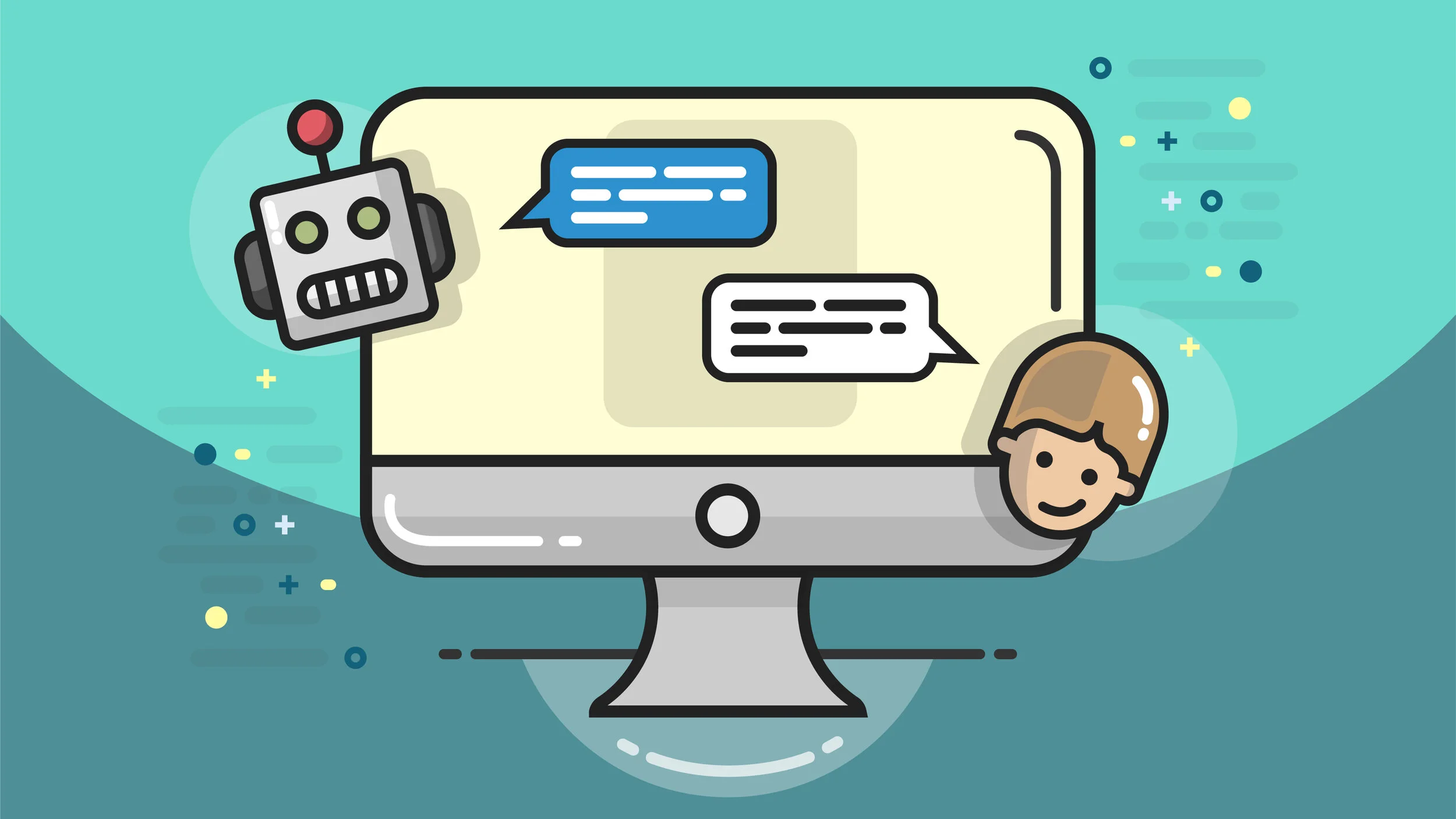Innovative Solution for Reducing Workload
Sensitive Data Management
Background | Our “Why”
Our goal is to simplify the workflow for Sensitive Data Management (SDM) support representatives, thus expediting response times to customer service queries. By enhancing efficiency, we aim to create a smoother experience for both SDM support reps and customer service representatives, ensuring quicker access to answers and solutions.
Impact & Outcomes
At the time of exploration, the Sensitive Data Management (SDM) team at USAA dedicated approximately 150 hours per week to address business inquiries related to sensitive data. To improve efficiency, we implemented an intelligent question-based search engine within an FAQ platform. This manual mapping of various question-answer pairs reduced the time spent on repetitive inquiries by 10%. While this served as an interim solution, the ultimate objective was to build a data foundation for a future chatbot. This strategic move aimed to prevent the need for substantial investments in hiring additional offshore and onshore resources to handle data management inquiries.
Research & Ideation
The team invested substantial effort in researching the most effective approach to address the surge in SDM support requests. Our business sponsor strongly favored a chatbot solution. We proposed to the overseeing executive not only the development of a chatbot but also exploration of alternative solutions. To test the effectiveness, we suggested creating a detailed FAQs website for A/B testing. Additionally, we sought access to help-desk employees for user interviews to gather requirements and gain a deeper understanding of the core problem.
Extensive research was conducted on conversational UI to ensure that our bot's responses were engaging and resembled natural human conversation. This information was shared with our content writer to guide them in formatting responses effectively.
The business contemplated converting existing FAQs from a spreadsheet into chat responses for expedite the delivery timeline, but we cautioned against this approach. Recognizing the significance of context, we emphasized the necessity for the bot to comprehend and provide contextually relevant answers. Furthermore, we recommended leveraging machine learning to enable the bot to understand and respond to both the initial question and subsequent inquiries related to the representative's issue. We stressed the importance of continuous learning for an effective bot.
Our research brought us back to the fundamentals, considering a bot built with machine learning algorithms might be resource-intensive and time-consuming. Recognizing the potential challenges, including cost and time for proficiency, we proposed an alternative solution—a simple FAQ/search website. The objective was to reduce the workload by 10% - 12%, allowing the SDM team to focus on new issues. This figure was derived from analyzing call history, where 10% of weekly calls involved answering questions on previously resolved issues. Leveraging this data, we aimed to prevent duplicated requests, surface answers to trending issues, and empower users to find solutions independently. Referencing Jeeves, the search engine that encouraged question-formatted queries, we suggested capturing search data on our FAQs site to potentially feed into a bot in the future. Our proposal aimed to provide a practical solution today while aligning with their vision for tomorrow.
Low-fidelity
In our whiteboard ideation session, we finalized the design for the FAQ/Search flow. A key decision was choosing a search field over a textarea to encourage concise questions. Our plan included returning a minimum of five results to users, with an envisioned upvote mechanism to assess content accuracy and success. This approach aimed to collect valuable user feedback, guiding future implementations of the bot. Our strategy considered using this data point to present a singular, highly accurate response from the bot once it became active.
Option A: Basic FAQs Website
Option B: “Ask Jeeves” Search Option
Option C: Chatbot
The chat option provided here yields multiple responses intentionally. This design choice underscores the understanding that the current data behind the bot may lack the necessary knowledge for precise context and a singular accurate answer. We advised our stakeholders to postpone this implementation. However, should they decide to proceed with this technology, the initial iteration of the product would need to prioritize learning what constitutes a good answer to questions.
High-Fidelity
We ended up landing on two potential options. We combined the FAQ / “Ask Jeeves” options into one version. The FAQ website was built with HTML, CSS, and JavaScript (by me) and the back-end technology was incorporated by our developers. The chat bot prototype was also coded and presented to our business partners as well. The initial comps for the flow were built using Sketch.

